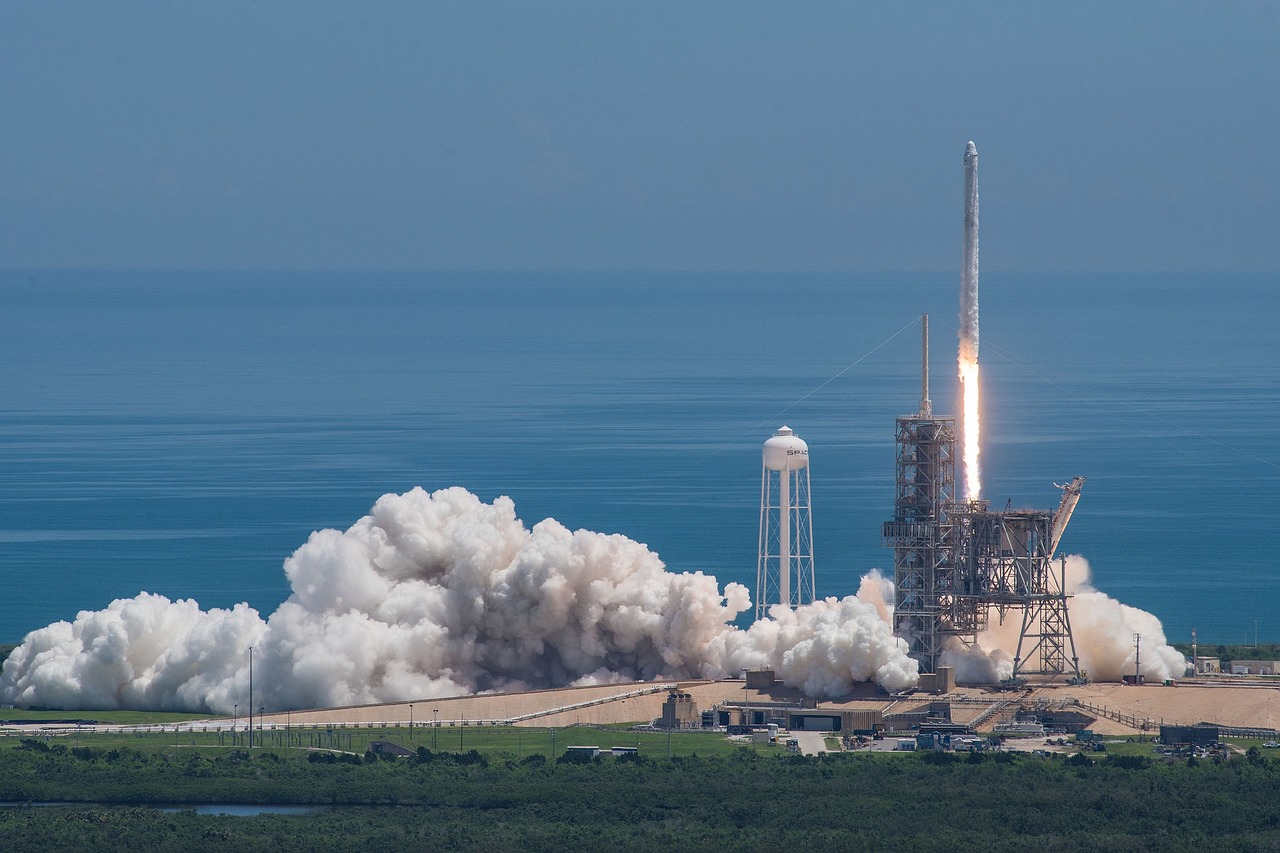
Pre-reading questions:
- What do you know about space exploration? Can you name any significant achievements or events in space exploration history?
- Have you heard about any recent developments or advancements in space technology or missions? If yes, please share. If not, what do you expect to learn about space exploration in the article?
Vocabulary:
- rocket /ROK-it/
- explosion /ik-SPLOH-zhuhn/
- adjustment /uh-JUHST-muhnt /
- lunar /LOO-ner/
- vision /VIZH-uhn/
[noun] – a cylindrical projectile that can be propelled to a great height or distance by the combustion of its contents, used typically as a firework or signal
The rocket soared into the sky, leaving a trail of smoke behind.
[noun] – a violent and destructive shattering or blowing apart of something
The loud explosion echoed through the neighborhood, startling everyone nearby.
[noun] – a small alteration or movement made to achieve a desired fit, appearance, or result
She made a slight adjustment to the thermostat to make the room warmer.
[adjective] – of, determined by, or resembling the moon
The astronauts conducted experiments on the lunar surface during their mission.
[noun] – the ability to think about or plan the future with imagination or wisdom
His vision for the company inspired his employees to work harder toward their goals.
Article reading:
During the flight, the first-stage booster separated and landed in the Gulf of Mexico as planned. The spacecraft reached an altitude of nearly 130 miles and a speed of over 16,000 mph before descending. Despite parts breaking away during reentry, it continued transmitting data until splashdown. This test was crucial for SpaceX’s goal of reusing rockets for moon and Mars missions. With FAA approval, SpaceX made software upgrades and rocket adjustments to improve success. Starship aims for full reusability with controlled landings, though no parts were recovered this time. NASA has contracted SpaceX for lunar missions, and SpaceX plans moon tourist trips despite delays. Elon Musk envisions Starship fleets supporting human colonization of Mars, reflecting SpaceX’s ambitious space travel vision.
Comprehension questions
- How did the recent test flight of SpaceX’s Starship differ from earlier tests?
- What was the outcome of the first-stage booster after separating from the spacecraft during the flight?
- How did SpaceX plan to improve the success of their rockets after receiving FAA approval?
- What is one of the goals of SpaceX’s Starship missions, according to the article?
- What is Elon Musk’s long-term vision for the future of space travel, as mentioned in the article?
Discussion questions
- Have you ever watched a rocket launch, either in person or through a live broadcast? If so, what was your experience like? If not, what do you think it would be like to witness a rocket launch?
- Have you ever participated in any STEM (Science, Technology, Engineering, and Mathematics) activities or projects related to space exploration? If yes, what was your role and experience? If not, would you be interested in participating in such activities in the future? Why or why not?
- Do you agree that the recent successful test flight of SpaceX’s Starship marks a significant milestone in space exploration?
- Considering the advancements made by SpaceX in reusable rocket technology, what do you think are the potential benefits and drawbacks of reusable rockets for space exploration and commercial space travel?
- Reflecting on the article, what ethical considerations do you believe should be addressed as humans venture further into space exploration, especially concerning issues like environmental impact, resource utilization, and planetary protection?